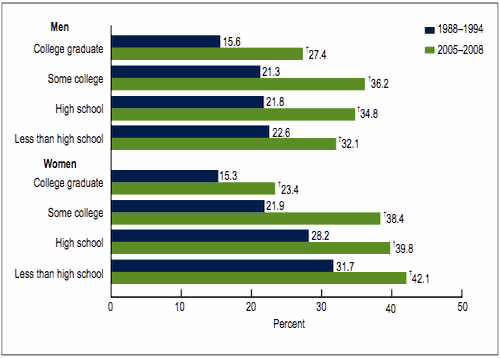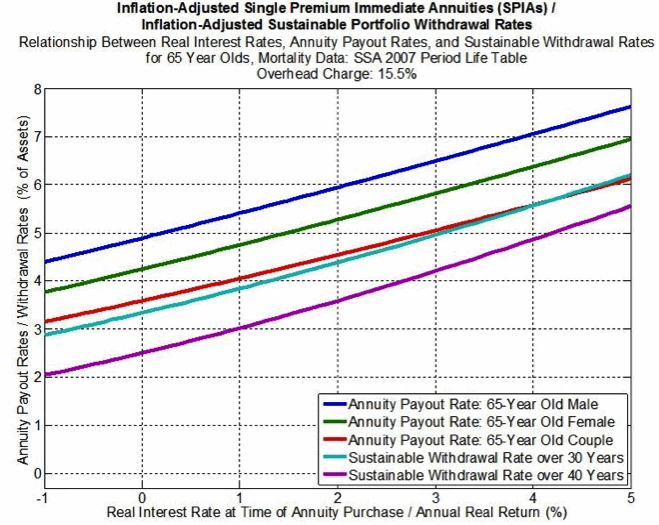TD Ameritrade Institutional, which provides brokerage and custody services to thousands of fee-based registered investment advisors (RIAs) across the U.S., announced last week that it has added annuities to its platform for the first time.
No-commission deferred and immediate annuities from four different life insurers—Transamerica, Great-West, MassMutual and New York Life—will be available on the platform, which is a unit of TD Ameritrade, the $8.4 billion Omaha-based discount brokerage firm.
“We’ve been hearing more of a need from our advisors about retirement income and about their clients’ retirement needs,” said Matt Judge, director, wealth management, TD Ameritrade Institutional. “Traditionally, annuities have been high cost, and the right investment options have been lacking. But we’re working with highly rated third parties and with these products we’re taking some of the issues off the table. We’re product agnostic.”
About 4,000 RIAs use the TD Ameritrade platform, and have about $160 billion under custody there, or about $40 million per RIA. Overall TD Ameritrade custodies $461.2 billion in total client assets as of Aug. 31, 2012. RIAs will be able to buy annuities for their clients through licensed, salaried members of an annuity team in Dallas that has undergone annuity training by Morningstar annuity experts.
The RIA channel has largely shunned annuities in the past. RIAs as a rule don’t take commissions and commissions have traditionally been used to incentivize most annuity sales. But RIAs have begun expressing more interest in annuities, for two reasons.
First, RIAs often have new clients who already own B-share variable annuities. If the annuities are out of the surrender period, the RIA may be able to add value by exchanging the existing contract for a no-load “I-share” contract (although an RIA’s asset-based fee may equal or exceed the 1% that insurers typically add to the mortality and expense risk fee to recoup the upfront commission they pay an intermediary who sells a B-share contract). TD Ameritrade now offers I-share contracts from Transamerica and Great-West.
Second, more RIA clients are expressing an interest in secure lifetime income. The new annuities on TD Ameritrade Institutional’s RIA platform all offer income options of one kind or another. The Transamerica and Great-West variable annuities offer guaranteed lifetime withdrawal benefits, which offer a mix of income and liquidity. For clients willing to give up liquidity for the survivorship credit that comes from mortality pooling, TD Ameritrade offers a MassMutual fixed immediate income annuity as well as a fixed immediate income annuity and a fixed deferred income annuity from New York Life.
“The annuities are there for those who want them—especially as an option for 1035 exchanges,” Judge said. “Many of the RIAs’ clients come from the wirehouses and have annuities with high fees. Now the advisor can move them into a cheaper product and add value by managing the subaccounts.” He described the 1035 business as “low-hanging fruit,” to be followed perhaps by purchases of new annuity contracts by RIAs as the Boomer retirement wave gathers momentum. “Money into new annuities will be further down the road,” he predicted.
Morningstar’s annuity team has provided annuity expertise to TD Ameritrade in preparation for the launch. “We’ve been working with TD Ameritrade over the last year or so,” said John McCarthy, Product Manager of Morningstar’s Annuity Solutions group. “They are using our Annuity Intelligence report for their sales and compliance functions. [Morningstar’s] Kevin Lofreddi trained their internal sales desk in Dallas. They’re competing with all the other DIY platforms.”
Charles Schwab, a direct competitor of TD Ameritrade, offers several no-load white-labeled annuities on its retail platform. Schwab’s OneSource variable annuity is issued by Great-West Life & Annuity, and its Income Choice variable annuity is issued by Nationwide Life.
According to Morningstar, Pacific Life has underwritten a new variable annuity contract for the Schwab platform, Schwab Retirement Income, with a 60 bps contract fee and a guaranteed lifetime withdrawal benefit (80 bps single; 100 bps joint), a 5% payout rate and three fund-of funds investment options. But neither Pacific Life nor Schwab have officially announced the contract’s availability.
The timing of TD Ameritrade’s move partly reflects the fact that life insurers have only gradually developed a broad selection of low-cost share class of variable annuities that suits the non-commissioned world of the RIA. “Last year there were 35 active I-share contracts and now there’s 55, so their availability has become much greater in the last 12 months,” said McCarthy.
When looking for life annuity providers, TD Ameritrade shopped for strength and got it: MassMutual and New York Life both have the highest possible ratings from A.M. Best, A++ (superior). Both have Excellent (A for MassMutual and A- for New York Life) from Weiss Ratings, which to be more parsimonious with it’s A’s than the Big Four ratings issuers.
“We went through an extensive due diligence process. We involved Morningstar in the process. The financial stability of the firms was the key thing we looked at, as well as [in the case of variable annuities] a robust and differentiated investment offering,” Judge told RIJ.
“This is clearly a space where our financial strength ratings serve us well,” Judy Zaiken, a MassMutual vice president, told RIJ in an email. “Yet, most of Fidelity SPIA [single premium immediate annuity] sales, including ours, are from their branch offices, not their RIA platform.”
TD Ameritrade Institutional isn’t planning a special promotion for annuities. “We market our entire platform,” Judge said, “So we’ll do some awareness campaigns, but they won’t be specific to annuities.” His firm may add more products to its annuity platform in the future, but has no specific plans to do so.
“We don’t offer a fixed indexed annuity but we’re open to new offerings. CDAs [contingent deferred annuities] are not in our agency offering, but they are on our radar screen,” he said. “ARIA Retirement Solutions [a CDA provider] is on our Affinity Partnership list and they sell to the broader RIA community. Mainly, in offering annuities, we’re looking at the demographics. The need is out there.”
It remains to be seen whether a significant number of RIAs are ready or eager for annuities, especially at a time when annuity benefits aren’t very generous, thanks mainly to the low interest rate environment.
The appearance of no-load I-shares “doesn’t guarantee that RIAs will jump on the bandwagon,” McCarthy said. “For insurers, their margins are tight, so they are looking at new markets. RIAs are a relatively untapped market. Time will tell how sales go.”
“I predict that annuity sales by RIAs will grow when fee-based SPIAs become more prevalent,” MassMutual’s Zaiken said. [That will happen when] industry efforts to solidify standards around assigning an asset value to SPIA against which an RIA can assess a fee are successful.” The Retirement Income Industry Association and Gary Baker of Cannex are currently working on such a standard, she said.
TD Ameritrade, which has some six million customers in the U.S. alone, was founded in the early 1980s by J. Joseph Ricketts (now owner of the Chicago Cubs and a prominent antagonist of President Obama, for which his daughter raises campaign funds). The firm seized opportunities offered by the discount brokerage and online trading trends, and went public (as Ameritrade) in 1997.
Growing rapidly by merger and acquisition, in early 2006 Ameritrade acquired the TD Waterhouse USA unit of the TD (Toronto-Dominion) Bank Financial Group and changed its name to TD Ameritrade. TD Ameritrade Institutional was a principal sponsor of this week’s Financial Planning Association Experience 2012 conference in San Antonio.
© 2012 RIJ Publishing LLC. All rights reserved.





